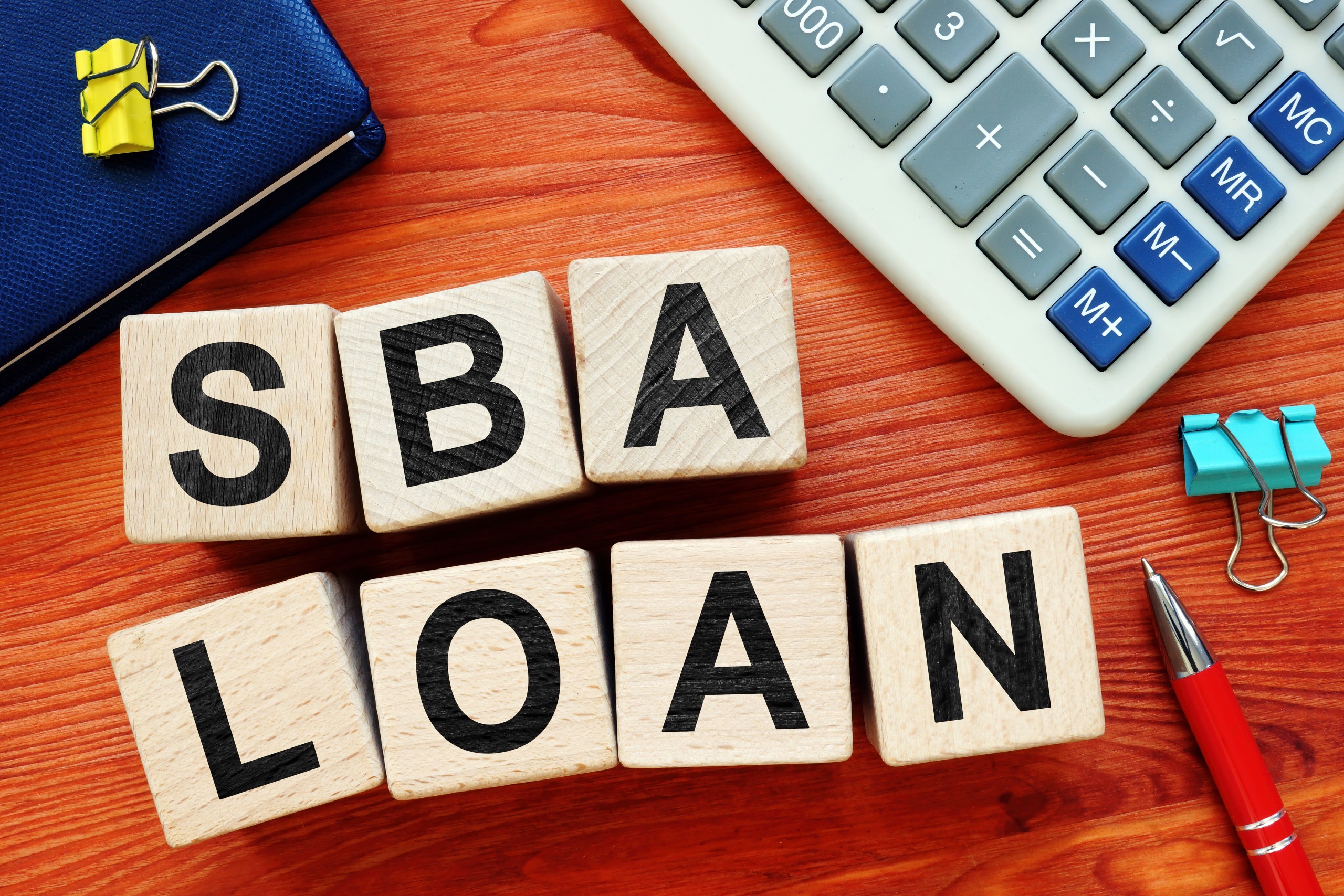The Small Business Administration’s (SBA) Economic Injury Disaster Loans (EIDLs) do not appear on personal or business credit reports. This is because the SBA is the lender, and they do not report the loan to any of the major credit bureaus. However, if an EIDL loan is for $25,000 or more, the SBA may file a UCC-1 against the borrower’s business assets. This filing can appear on business credit reports and may impact one’s ability to get another financing.
Please read our article about SBA Loan Status Disbursed Current. Additionally, learn more about Bankruptcy Clear SBA Loans!
Does SBA EIDL Loan Show on Personal Credit Report?
No, SBA EIDL Loan will not Show on the Personal Credit Report. If the loan is “unsecured” because it does not require collateral (below $25000), it will also not show on the business credit report. However, if your SBA loan is more significant than $25000, it can be seen on the business report because SBA files a UCC-1 filing.

UCC-1 filings are public records that lenders can find when reviewing potential borrowers’ information. If a borrower has a high debt or a long history of making late payments, they may be less attractive to potential lenders. Additionally, suppose lenders find multiple UCC-1 filings from the same entity. In that case, it could indicate that the borrower has taken out numerous loans from different lenders and could create some red flags for potential lenders.
A UCC-1 filing is a legal document filed with the state to establish a creditor’s security interest in a debtor’s personal property, including inventory, equipment, and accounts receivable. In the context of SBA loans, a UCC-1 filing may be required to ensure that the SBA has a priority lien on the collateral securing the loan.
When a borrower applies for an SBA loan, they may be required to provide a security interest in their assets as collateral. The SBA lender will typically file a UCC-1 financing statement with the appropriate state agency to establish their security interest in the borrower’s assets.
If the borrower defaults on the loan, the lender can use the UCC-1 filing to enforce its rights as a secured creditor, including seizing and selling the borrower’s assets to recover the outstanding debt. By filing a UCC-1 financing statement, the SBA lender can establish its priority over other creditors who may also be interested in the borrower’s assets.
When applying for an EIDL loan, it is essential to recognize that while these loans are not reported to personal or business credit reports, they could still impact if a UCC-1 filing is made. It is essential to weigh all options before taking out a loan, as doing so can create additional financial burdens in addition to affecting one’s creditworthiness in the future. Borrowers should always consult with financial advisors before applying for any loan.
